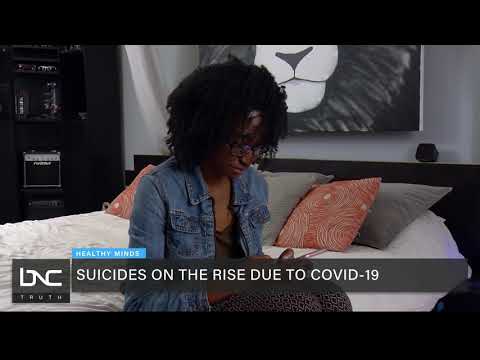
In some major metropolitan cities across the United States, there has been an increase in suicide attempts in teens and young adults.
Suicide is the second leading cause of death for young people between ages 10 to 24.
In Black communities, the suicide rates peak during adolescence and young adulthood.
According to a report by NPR, the number of suicide attempts coming to the emergency room at the UCSF Benioff Children’s Hospital in Oakland, Calif. doubled in the fall of 2020. That same year, the number of children and teens hospitalized after suicide attempts increased from 67 to 108 in Indianapolis.
This rise is especially troubling because of its existence in the 11 – 24-year-old age range.
Although the federal government has rolled out an anti-suicide campaign, doctors and researchers say the issues are deeper for Black people as the community suffers disproportionately from coronavirus.
As the country’s system for monitoring suicides is compromised due to the overwhelming focus on the pandemic, mental health struggles are rising.
In a study published by the National Library of Medicine, evidence indicates that the pandemic has “profound psychological and social effects.”
Social isolation, anxiety, fear of contagion, uncertainty, chronic stress and economic difficulties may lead to the development or exacerbation of depressive, anxiety, substance use and other psychiatric disorders in vulnerable populations including individuals with pre-existing psychiatric disorders and people who reside in high COVID-19 prevalence areas. Stress-related psychiatric conditions including mood and substance use disorders are associated with suicidal behavior. COVID-19 survivors may also be at elevated suicide risk. (The impact of the COVID-19 pandemic on suicide rates – October 2020)
There are risk factors and warning signs that families should be aware of as the country continues to navigate through the COVID-19 pandemic.
#BNC #Covid19
Be the first to comment